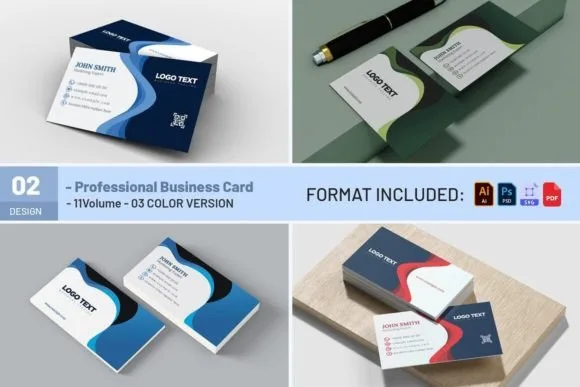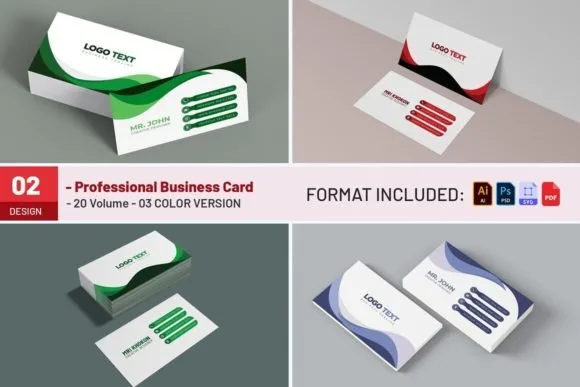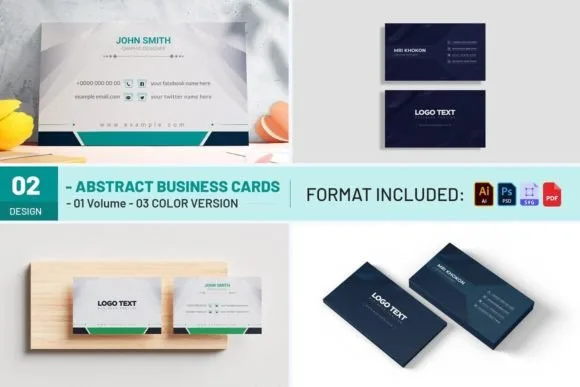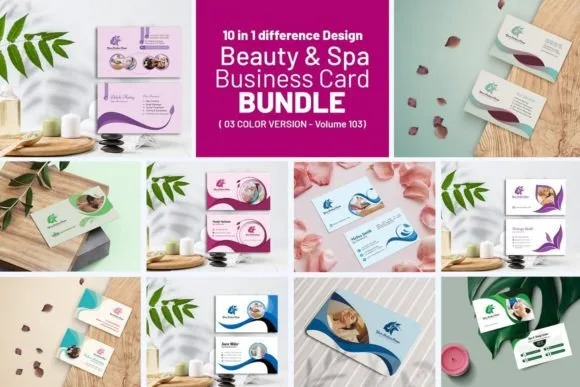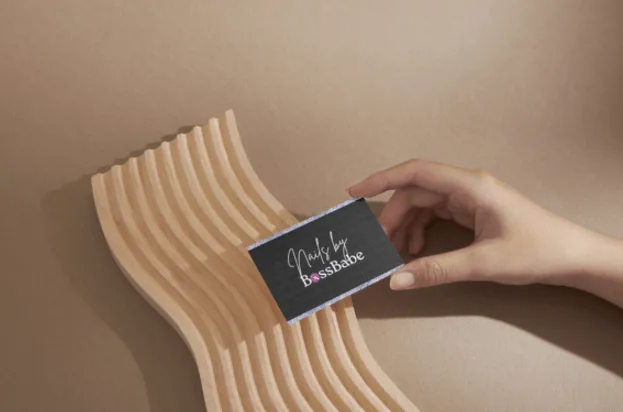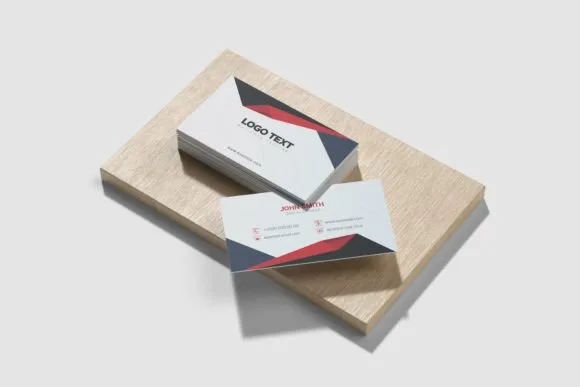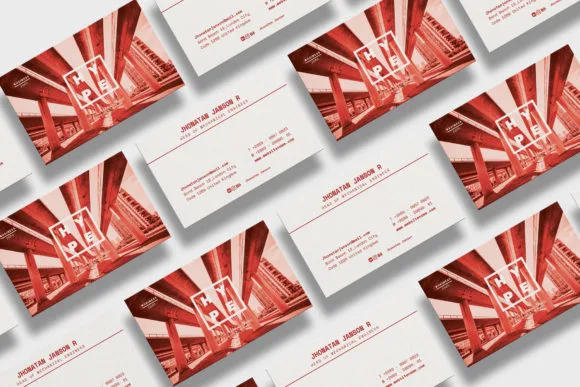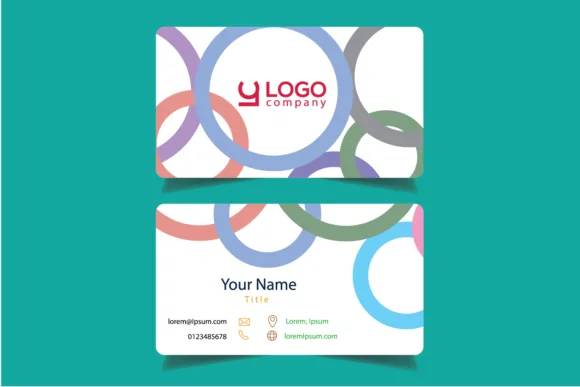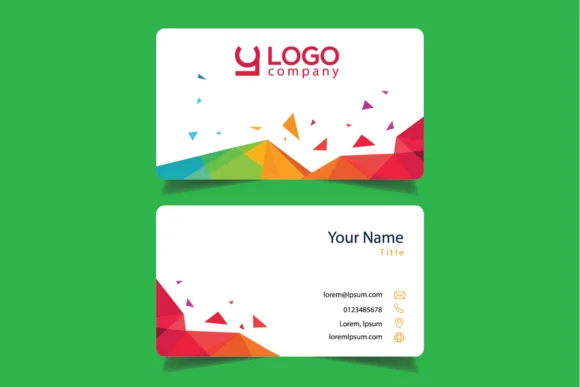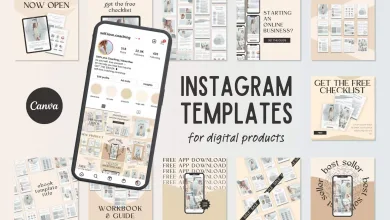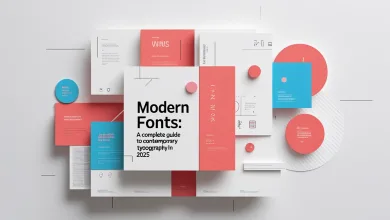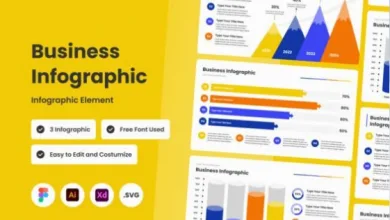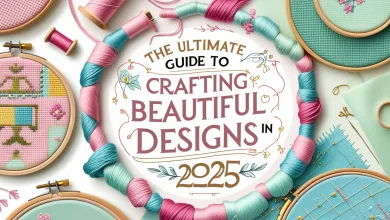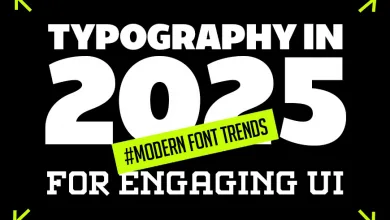Design Custom Business Cards That Actually Get Results (Not Just Compliments)
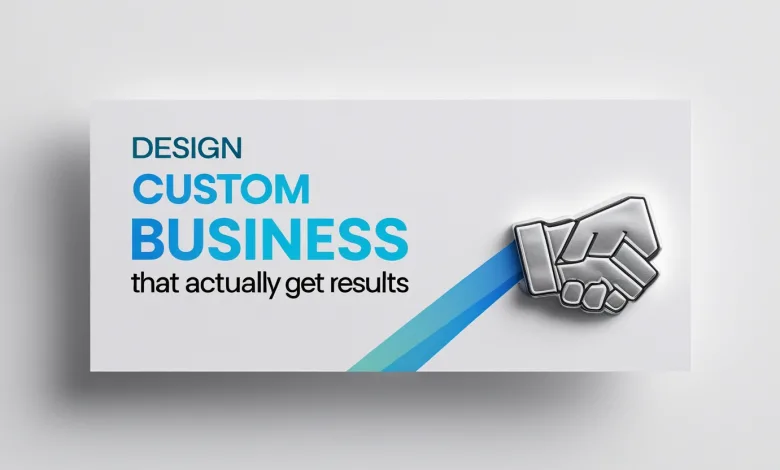
Your business card isn’t just a piece of paper—it’s your first impression, your brand ambassador, and sometimes your last chance to make a connection. In today’s digital world, you might think business cards are old-fashioned. But here’s the kicker: a well-designed custom business card can be your secret weapon for standing out in a sea of LinkedIn connections and email signatures.
Why Your Business Card Still Matters (Even in 2025)
Let’s be real—we’re living in a world where everything’s gone digital. But there’s something almost magical about the tactile experience of receiving a thoughtfully designed business card. It’s personal, it’s memorable, and honestly? It shows you’ve put effort into your professional presentation.
Think about it: when was the last time you remembered someone’s email signature? Probably never. But I bet you can recall that one business card with the unique texture or clever design that made you go “wow.” That’s the power of custom design working its magic.
Research from the International Association of Business Communicators shows that physical business cards have an 88% higher retention rate than digital alternatives. Why? Because our brains are wired to remember tangible experiences better than digital ones.
The Psychology Behind Effective Business Card Design
Here’s where things get interesting. Your custom business card isn’t just about sharing contact info—it’s about creating an emotional connection. Colors trigger feelings, fonts convey personality, and materials speak to quality. When you design custom business cards, you’re essentially crafting a tiny piece of brand psychology.
Consider this: serif fonts like Times New Roman suggest tradition and reliability, while sans-serif fonts like Helvetica scream modern and clean. The weight of your cardstock whispers about your attention to detail. Even the finish—matte, glossy, or textured—tells a story about your brand’s personality.
Essential Elements Every Custom Business Card Needs
The Non-Negotiables
Your business card real estate is precious, so every element needs to earn its place. Here’s what absolutely must make the cut:
- Your name (obviously, but you’d be surprised how many people mess this up)
- Job title or tagline that actually explains what you do
- Phone number (yes, people still call)
- Email address (keep it professional, folks)
- Website or portfolio link
- Physical address (if relevant to your business)
The Nice-to-Haves
Depending on your industry and space constraints, these elements can add serious value:
- Social media handles (but only the ones you actually use professionally)
- QR codes linking to your digital portfolio
- A brief value proposition or company motto
- Professional headshot (for relationship-heavy businesses)
Design Principles That Actually Work
Color Psychology in Action
Colors aren’t just pretty—they’re psychological triggers. Blue builds trust (think LinkedIn), red creates urgency (hello, Coca-Cola), and green suggests growth and stability. When you design custom business cards, you’re not just picking colors you like; you’re choosing emotions you want to evoke.
But here’s a pro tip: don’t go crazy with the rainbow. Stick to 2-3 colors max. Your business card should complement your existing brand palette, not compete with it. And please, for the love of all that’s holy, make sure your text is readable. That neon yellow on white background might look “creative,” but it’s useless if people can’t read your name.
Typography That Speaks Your Language
Your font choices are like your business card’s voice. Are you approachable and friendly? Go with a clean, rounded sans-serif. Are you traditional and established? A classic serif might be your best bet. Are you cutting-edge and innovative? Maybe something with a bit more personality.
Just remember: readability trumps creativity every time. Your grandmother should be able to read your business card without squinting. If she can’t, neither can your potential clients.
Creative Ideas That’ll Make Your Cards Unforgettable
Think Beyond the Rectangle
Who says business cards have to be rectangular? Die-cut shapes that relate to your industry can be incredibly effective. A guitar-shaped card for a music teacher, a house-shaped card for a realtor, or even a simple rounded corner can make your card stand out in a wallet full of rectangles.
But here’s the catch: unique shapes are memorable, but they’re also harder to store. Strike a balance between creativity and practicality.
Texture and Finish Options
The feel of your business card matters more than you might think. Here are some options that can elevate your design:
- Matte finish – Professional, sophisticated, easy to write on
- Glossy finish – Vibrant colors, premium feel, photographs pop
- Textured cardstock – Memorable tactile experience, premium perception
- Embossed elements – Luxury feel, dimensional interest
- Foil accents – Eye-catching, premium appearance
Digital Integration
QR codes aren’t just for restaurant menus anymore. A well-placed QR code can link to your portfolio, LinkedIn profile, or even a personal video introduction. It’s like having a tiny website on your business card.
Common Mistakes That Kill Your Professional Image
The Clip Art Catastrophe
Please, please don’t use clip art. It screams “amateur” louder than a karaoke night at a dive bar. If you need graphics, invest in professional icons or illustrations. Your business card is often the first impression people have of your brand—make it count.
Information Overload
Your business card isn’t a brochure. Don’t try to cram your entire company history onto a 3.5″ x 2″ piece of cardstock. Less is more. Focus on the essential information and let your design breathe.
Ignoring Brand Consistency
Your business card should look like it belongs to the same company as your website, letterhead, and other marketing materials. Consistency builds trust and recognition. If your website is clean and modern, your business card shouldn’t look like it was designed in 1995.
Tools and Resources for DIY Designers
Design Software Options
You don’t need a degree in graphic design to create professional-looking business cards. Here are some user-friendly options:
- Canva – Templates galore, drag-and-drop simplicity
- Adobe Express – Professional tools with user-friendly interface
- Figma – Free, collaborative, perfect for beginners
- Photoshop/Illustrator – Professional-grade but steeper learning curve
Professional Design Services
Sometimes it’s worth calling in the pros. Websites like 99designs connect you with freelance designers who can bring your vision to life. Alternatively, platforms like Fiverr offer budget-friendly design services.
Printing Options: From Budget to Boutique
Online Printing Services
Modern online printers offer incredible quality at reasonable prices. Services like Vistaprint, Moo, and Overnight Prints provide everything from basic cardstock to premium specialty papers.
Local Print Shops
Don’t overlook your local print shop. They often provide more personalized service and can help you feel samples before committing to a large order. Plus, you’re supporting local business—and that’s always good karma.
Measuring Success: How to Know Your Cards Are Working
Your business cards should be working as hard as you are. Here’s how to track their effectiveness:
- Keep track of where you distribute cards and follow up on connections
- Use unique landing pages or QR codes to track digital engagement
- Ask new clients how they found you during your intake process
- Monitor increases in website traffic after networking events
Frequently Asked Questions
How many business cards should I order? Start with 250-500 cards for your first order. It’s better to reorder than to be stuck with outdated information. Plus, you might want to tweak your design after seeing how people respond to your initial batch.
What’s the standard business card size? In the US, standard business cards are 3.5″ x 2″. However, don’t feel locked into this size if a different dimension better serves your design and brand.
Should I put my photo on my business card? It depends on your industry. Real estate agents, consultants, and other relationship-heavy professions often benefit from photos. But for most businesses, the space is better used for other information.
How often should I update my business card design? Update whenever your contact information changes, obviously. But also consider refreshing your design every 2-3 years to keep it current with design trends and your evolving brand.
What’s the best paper weight for business cards? 16pt cardstock is the standard, but 14pt is acceptable for budget-conscious orders. Anything thinner feels cheap. For premium cards, consider 18pt or even 32pt for that luxurious feel.
Can I use both sides of my business card? Absolutely! The back of your card is prime real estate. Use it for a value proposition, social media handles, or even a simple pattern that reinforces your brand.
Final Thoughts: Your Card, Your Brand, Your Success
When you design custom business cards, you’re not just creating a contact sharing tool—you’re crafting a tangible representation of your professional brand. It’s a small investment that can yield big returns in terms of networking success and brand recognition.
Remember, the best business card is the one that gets kept, not thrown away. Focus on creating something that provides value, reflects your personality, and makes people want to do business with you. Whether you go minimalist or maximalist, traditional or avant-garde, the key is ensuring your card serves its ultimate purpose: starting conversations and building relationships.
In our increasingly digital world, a thoughtfully designed business card can be your secret weapon for making real, lasting professional connections. So go ahead, design custom business cards that represent the best version of your professional self. Your future network will thank you for it.


